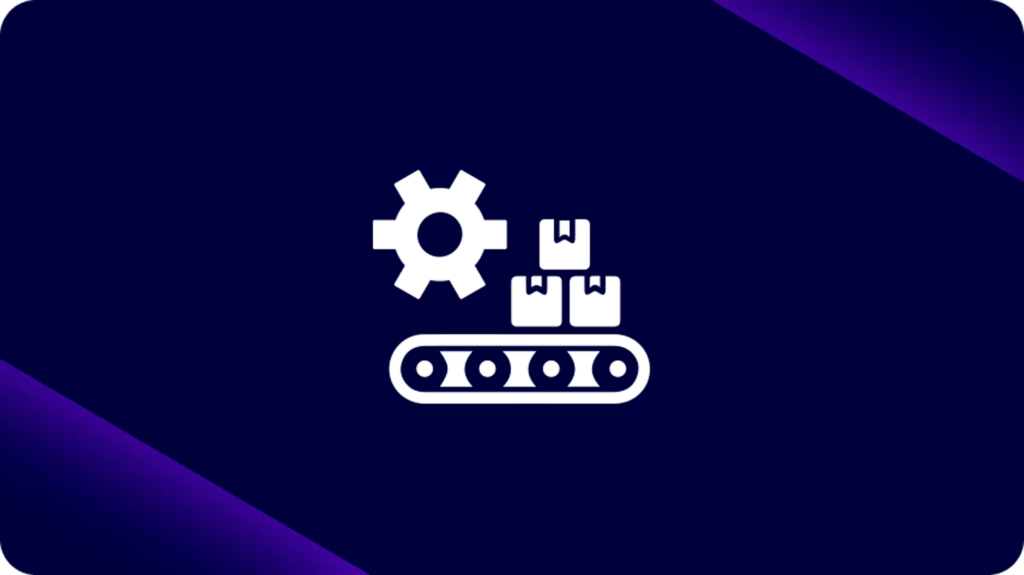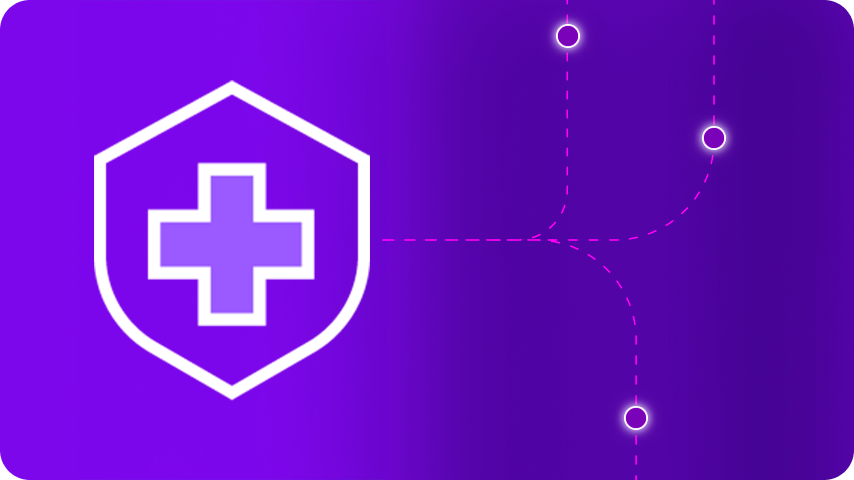October 14, 2022
De acordo com a nossa visão, o Modelo de Maturidade de Integração do Gartner quantifica o progresso das empresas em sua jornada de transformação digital, oferecendo um framework para que as organizações determinem em qual dos cinco estágios de maturidade se encontram.
Os estágios da integração empresarial
Compreender o estado atual da sua integração — seja ele mediano ou extraordinário — ajuda a informar sua estratégia geral, fornecendo marcos tangíveis que você deve alcançar para avançar nessa iniciativa essencial para os negócios.
No relatório, o Gartner identifica cinco diferentes estágios de integração empresarial:
| Estágio 1: Ad Hoc – Não há uma estratégia formal (ou mesmo informal) de integração. O trabalho é realizado caso a caso, projeto por projeto, sem recursos dedicados. |
| Estágio 2: Iluminado – Uma política formal está definida, mas em um nível macro. Recursos humanos e financeiros dedicados são disponibilizados para apoiar os esforços de integração. |
| Estágio 3: Centralizado – Uma equipe estabelecida oferece serviços de integração com uma estratégia de fornecimento formal e gerenciada centralmente. |
| Estágio 4: Colaborativo – É criado um Integration Strategy Empowerment Team (ISET) para governar e apoiar equipes distribuídas focadas na integração. Programas de educação e engajamento ajudam a expandir a abordagem. |
| Estágio 5: Integração self-service – Pessoas de TI e não-TI têm autonomia para autoatendimento, com o ISET gerenciando o alinhamento contínuo da integração de autoatendimento com a estratégia geral de negócios. |
Progressão das empresas no Modelo de Maturidade de Integração do Gartner
7% implementaram com sucesso uma estratégia de integração empresarial
Enquanto algumas organizações avançam rapidamente pelos diferentes estágios do modelo de maturidade, a maioria progride lentamente, enfrentando obstáculos como limitações orçamentárias, infraestrutura legada existente e problemas de alocação de recursos. Como resultado, o Gartner estima que menos de 5% de sua base de clientes tenha alcançado o mais alto nível de maturidade, o Estágio 5: Integração Self-Service.
Essas descobertas estão alinhadas com o Relatório Digibee sobre o Estado da Integração Empresarial, no qual apenas 2022% de mais de 7 líderes de negócios e tecnologia afirmaram ter implementado com sucesso uma estratégia de integração empresarial.
Assuma a liderança com iPaaS
Acelerar rapidamente a estratégia de integração empresarial nem sempre é uma tarefa fácil – e, às vezes, pode ser impossível, especialmente nos estágios iniciais (1 e 2). No entanto, à medida que a empresa se organiza, mesmo no Estágio 3, com um modelo centralizado, observa-se uma maior adoção de tecnologias de suporte, em especial as plataformas de integração como serviço, ou iPaaS.
A implementação de um iPaaS simplifica o trabalho necessário para conectar sistemas, dados e outras infraestruturas, impulsionando rapidamente iniciativas de integração, como migração para a nuvem, modernização de arquitetura legada e integrações colaborativas entre clientes e parceiros.
Com o suporte de um sistema iPaaS, sua empresa começará a evoluir significativamente, aproveitando as vantagens da integração de sistemas e possibilitando a ativação de projetos que geram valor real para a organização. Confira as principais iniciativas priorizadas pelos líderes no Relatório Digibee sobre o Estado da Integração Empresarial:t drive meaningful value to the organization. Here are the top initiatives leaders prioritized in the 2022 Digibee State of Enterprise Integration report:
- Capacitação de IA e automação (31%)
- Melhorar a segurança dos dados (28%)
- Melhorar a segurança, a confiabilidade e a governança (28%)
- Reduzir custos operacionais (28%)
- Acelerar o time-to-market (27%)
- Melhor análise de negócios e tomada de decisões (24%)
- Migração, atualização ou transformação digital para a nuvem (23%)
- Atualização da infraestrutura legada (21%)
>> Agende uma demonstração personalizada com nossa equipe de especialistas e veja como o iPaaS da Digibee trará eficiência ao seu negócio.
3 passos para atingir os níveis mais altos de maturidade
Organizações progressistas lideram nos Estágios 4 e 5, contando com um ISET (Equipe de Capacitação de Estratégia de Integração) para gerenciar e apoiar iniciativas de integração em toda a empresa. Se sua organização está em um estágio inferior, não se preocupe. Aqui estão três recomendações para ajudá-lo a evoluir rapidamente até os níveis mais altos de maturidade:
1. Defina seu estágio de maturidade atual
Analise com cuidado suas capacidades de integração. Você está gastando muito tempo e recursos refazendo o que já foi feito? O Relatório de Integração Empresarial da Digibee revelou que 98% das organizações recriam integrações para aplicações de negócios críticas todos os anos. Com várias aplicações em execução, o investimento se torna contínuo. Identifique essas ineficiências e use-as como base para construir um business case para o iPaaS.
2. Construa um business case para iPaaS
Clientes da Digibee sempre têm um objetivo claro antes de implementar o nosso iPaaS. Qual é o seu? Revise a lista apresentada na seção anterior e escolha uma iniciativa relevante para sua organização. Use essa escolha para mensurar o ROI da integração empresarial. Pesquise a melhor ferramenta empresarial para o seu negócioe construa o business case para justificar o investimento. Esse exercício fornecerá eficiências quantificáveis que ajudarão a compensar os custos do projeto.
3. Crie um ISET Ad Hoc para liderar a evolução
Não é necessário atingir os Estágios 4 ou 5 do modelo de maturidade para criar um ISET. Utilize os recursos existentes na sua organização – líderes de negócios e tecnologia que entendem a importância da transformação digital. Envolva desenvolvedores curiosos, arquitetos de sistemas e integradores que queiram participar ativamente do projeto. Essa equipe será fundamental para guiar sua evolução em todos os estágios de maturidade.
“Até 2023, pelo menos 50% das organizações terão um ISET para apoiar o autoatendimento e outras abordagens de integração.”
Modelo de maturidade de integração, fevereiro de 2022
Com o modelo de integração low-code da Digibee, você pode implementar integrações 40% mais rápido, reduzindo custos operacionais com menos incidentes, tempos de recuperação mais rápidos e zero downtime. Essas eficiências liberam recursos para focar nos trabalhos de maior valor para sua organização.
Leia o relatório completo do Modelo de Maturidade de Integração do Gartner para determinar onde sua organização se encontra, incluindo estratégias de entrega, plataforma e engajamento em todos os estágios.
Para saber mais sobre a Digibee, solicite uma demonstração agora.
Gartner, Modelo de Maturidade de Integração do Gartner, Abhishek Singh, Massimo Pezzinie mais 2, 7 de agosto de 2020
GARTNER é uma marca registrada do Gartner, Inc. e / ou suas afiliadas nos Estados Unidos e internacionalmente são usadas aqui com permissão. Todos os direitos reservados.








